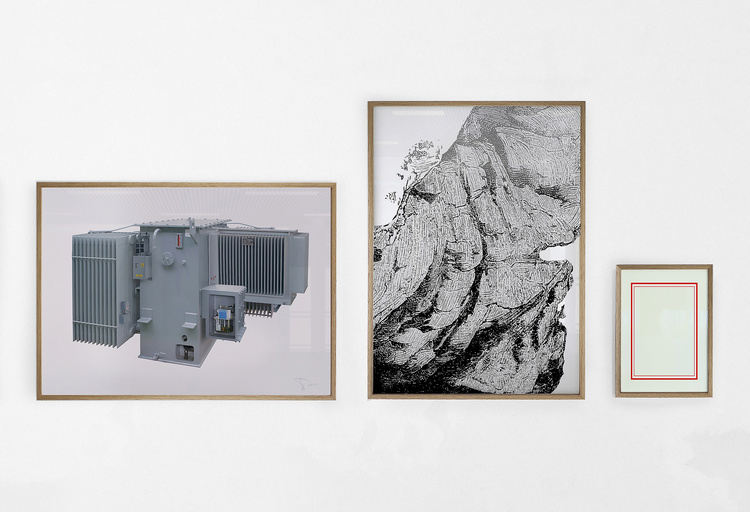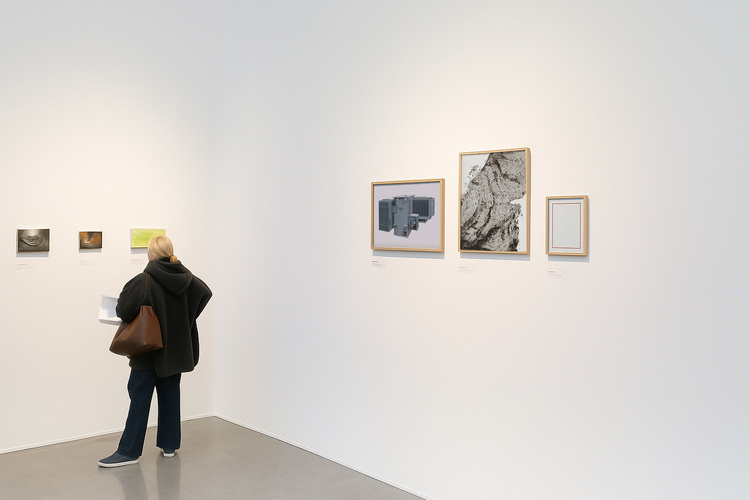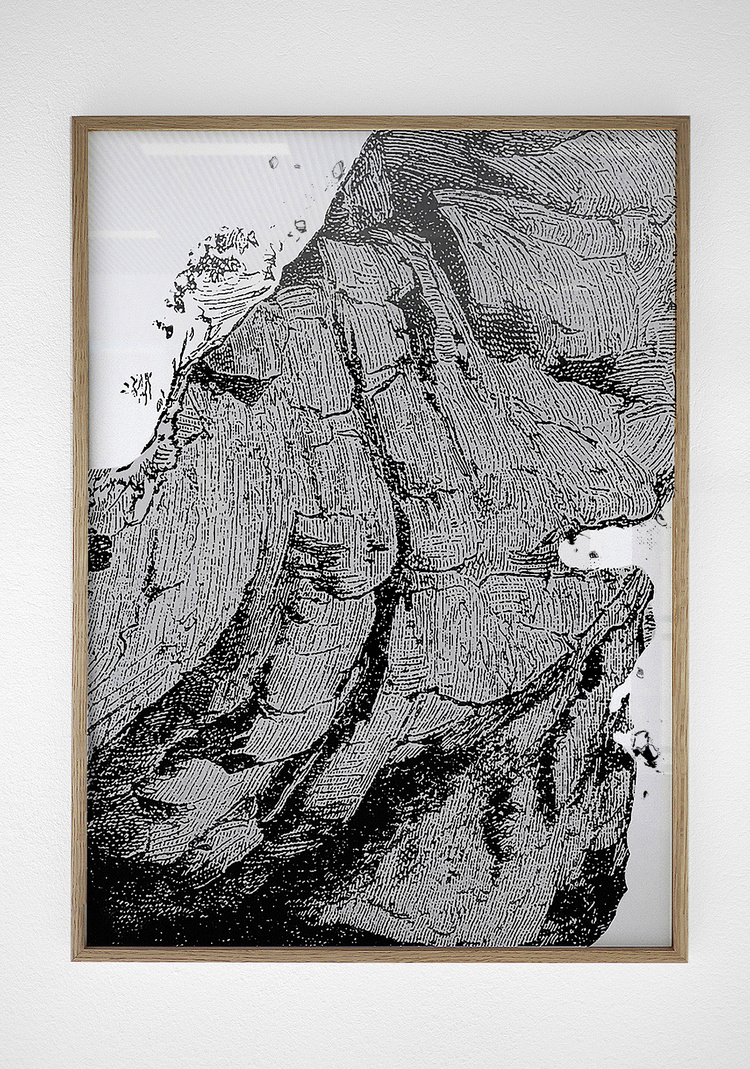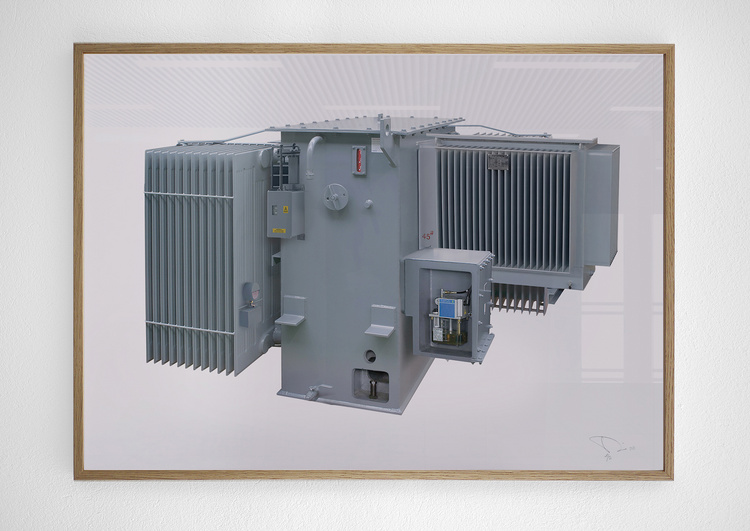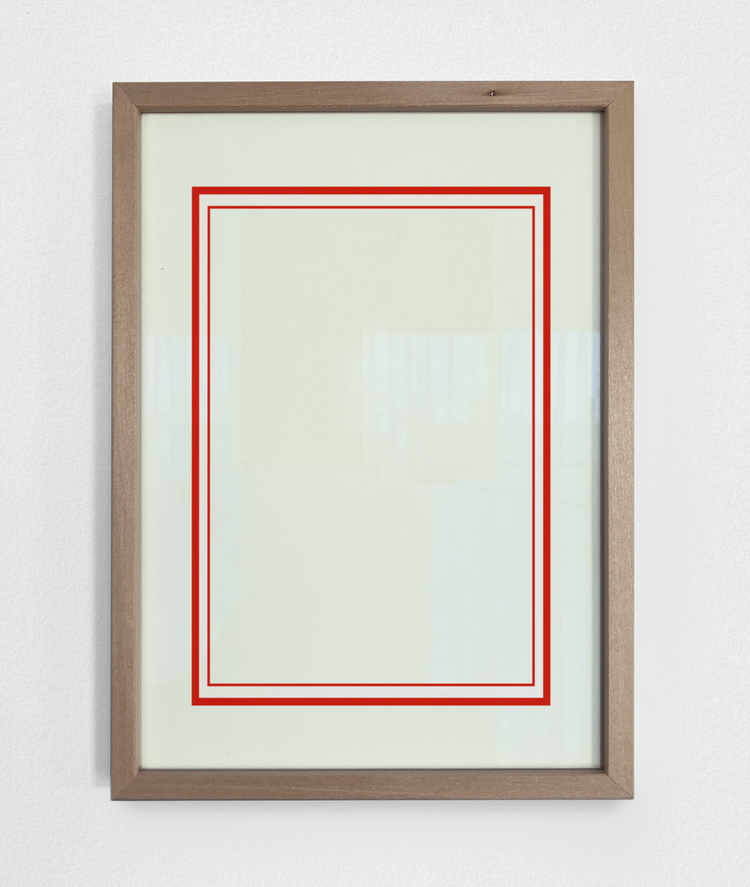Process: Fine Art Pigment Prints / Year: 2025 / Edition: 2Ex. + 1HS.
The Anti-Series Theory:
1. Three Phase Distribution Transformator / 50x38 cm
2. Exposed Rocky Peak with a Cliff Ledge / 38X50 cm
3. Double Frame Parallel Borders in Pantone 187 / 19X26 cm
Working in series offers a natural way to develop and exhibit artworks that belong together. It allows ideas to unfold through multiple iterations, refining methods and formal choices. Working in series explores a theme through variation or simply tells a story. Each work may stand on its own while entering into dialogue with the others. A series introduces rhythm, a pulse that carries through the works: repetition builds familiarity, subtle shifts create tension, and continuity weaves a narrative.
But what happens when those rules are broken? If a coherent series creates rhythm and harmony, does an anti-series resist it? Instead of allowing repetition to guide perception, each work interrupts the expectation of continuity. Could there be an unconscious, non-rational way of handling artistic choices and bringing elements together? Is it possible to bypass established, automated modes of thinking and procedure? What do a machine, a rock ledge, and a red frame have in common? The frame structures the space, the rock provides natural resonance, and the machine introduces rhythm — together exploring the dialogue between permanence and temporality. An unconscious, purely aesthetic choice can indeed provide a kind of link, even within an anti-series.
The most radical and final anti-series gesture would be to sell the works individually, freeing each piece to exist on its own. Each may hang in a different home, on a different wall. The anti-series thus becomes a conceptual network, where separation itself generates meaning.
This work is a special contribution for this year’s (CAL) Salon Artistique in Luxembourg.
